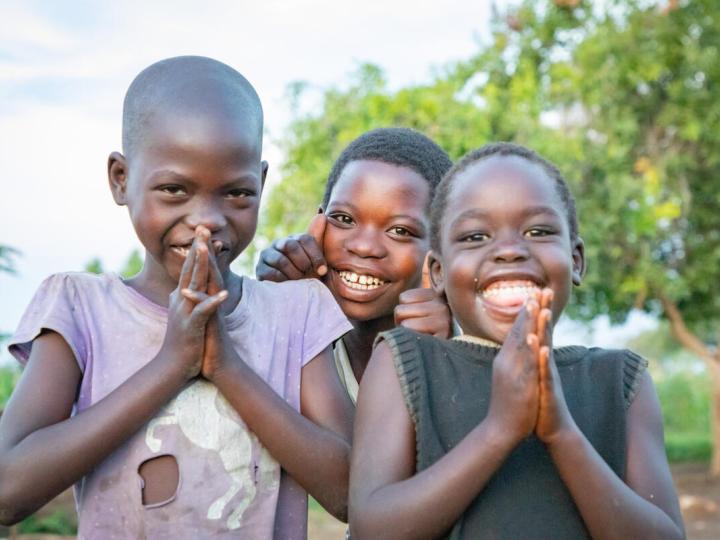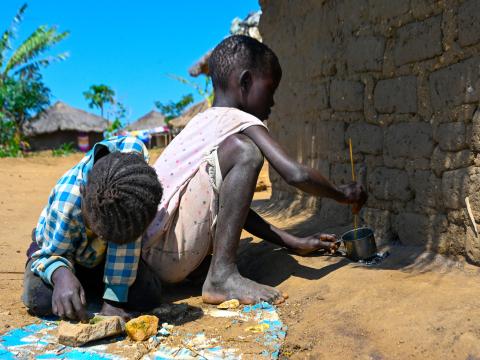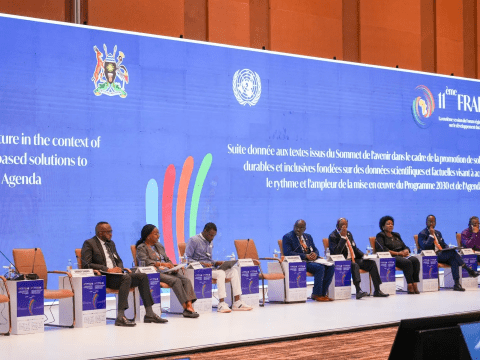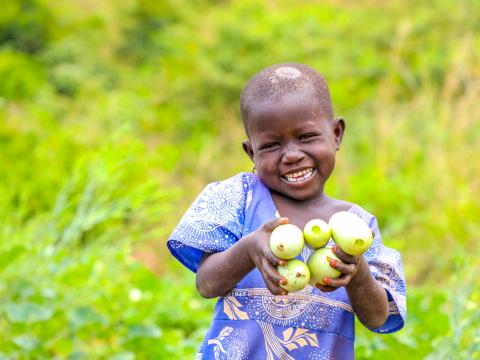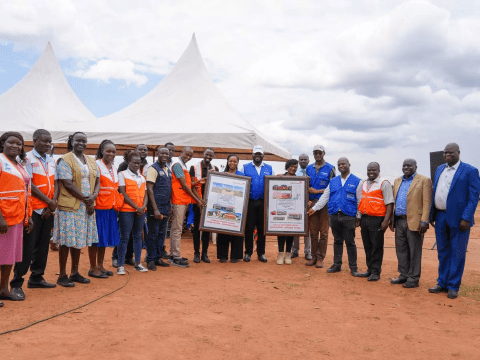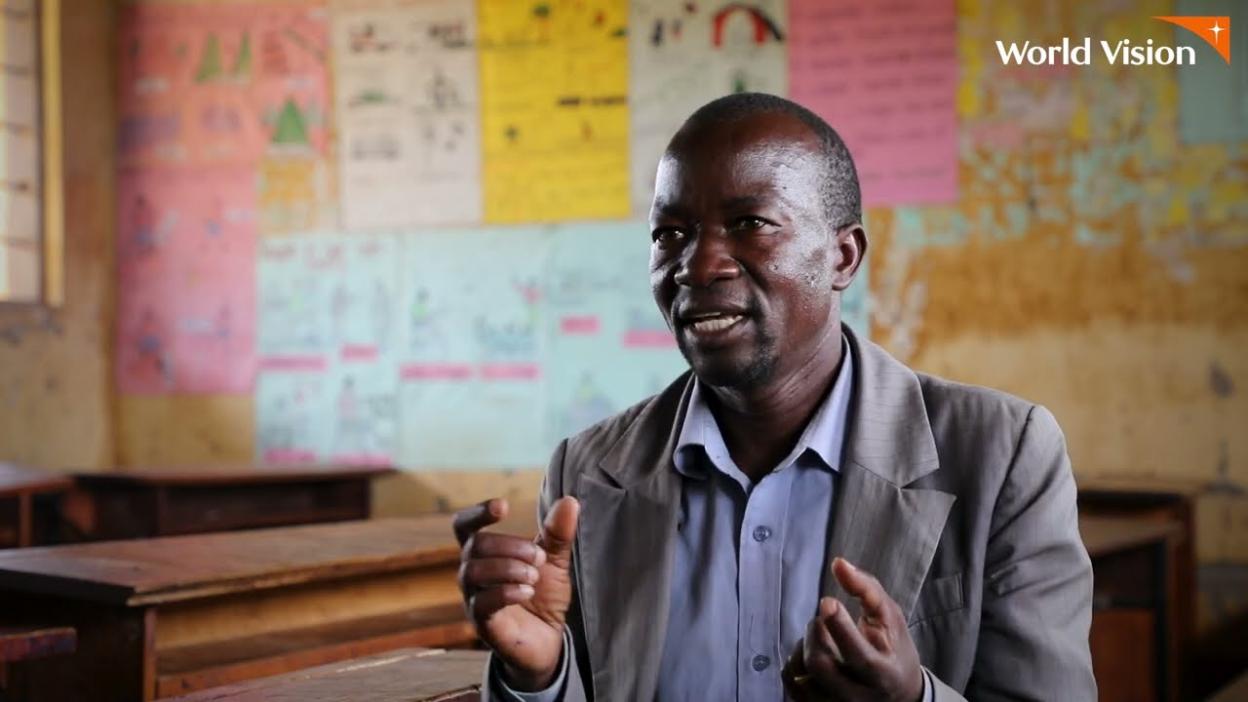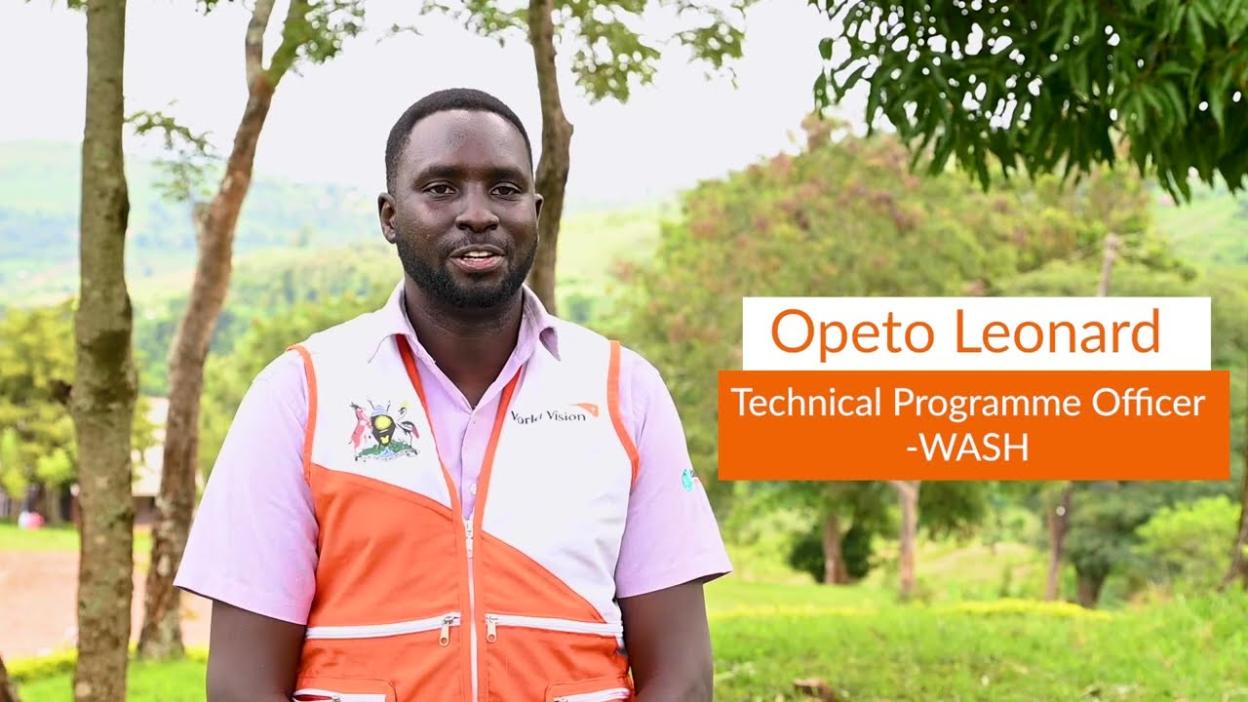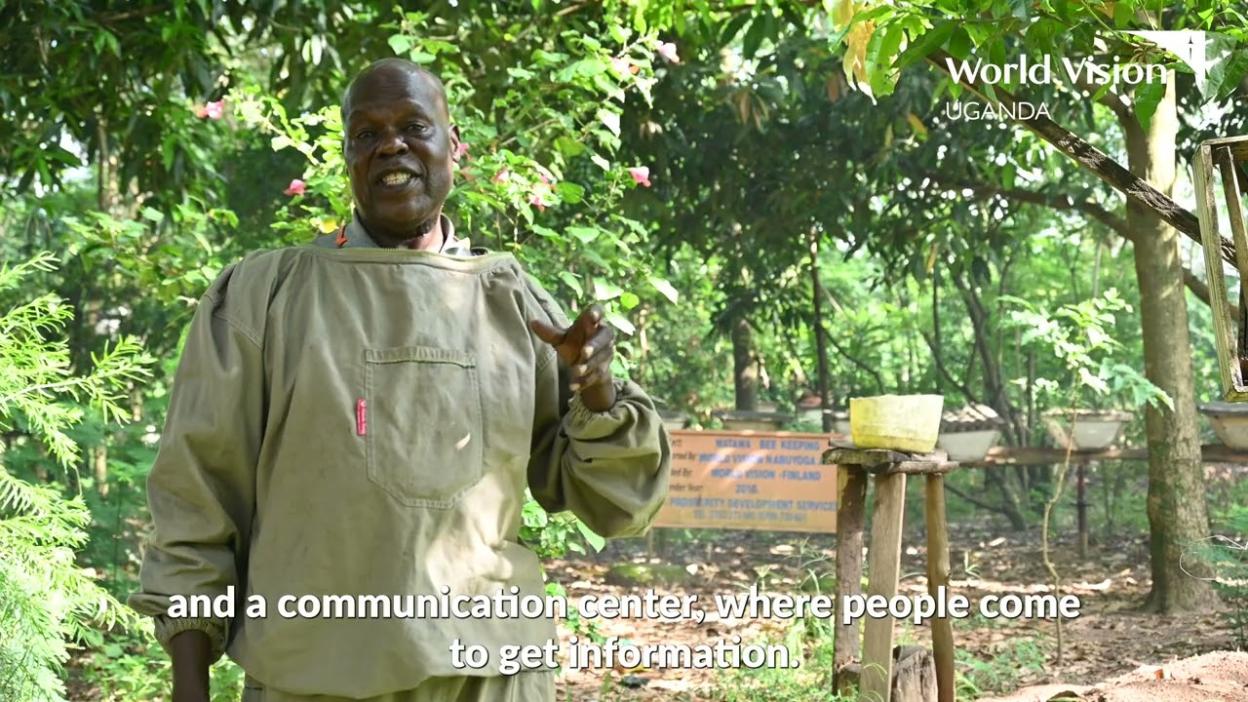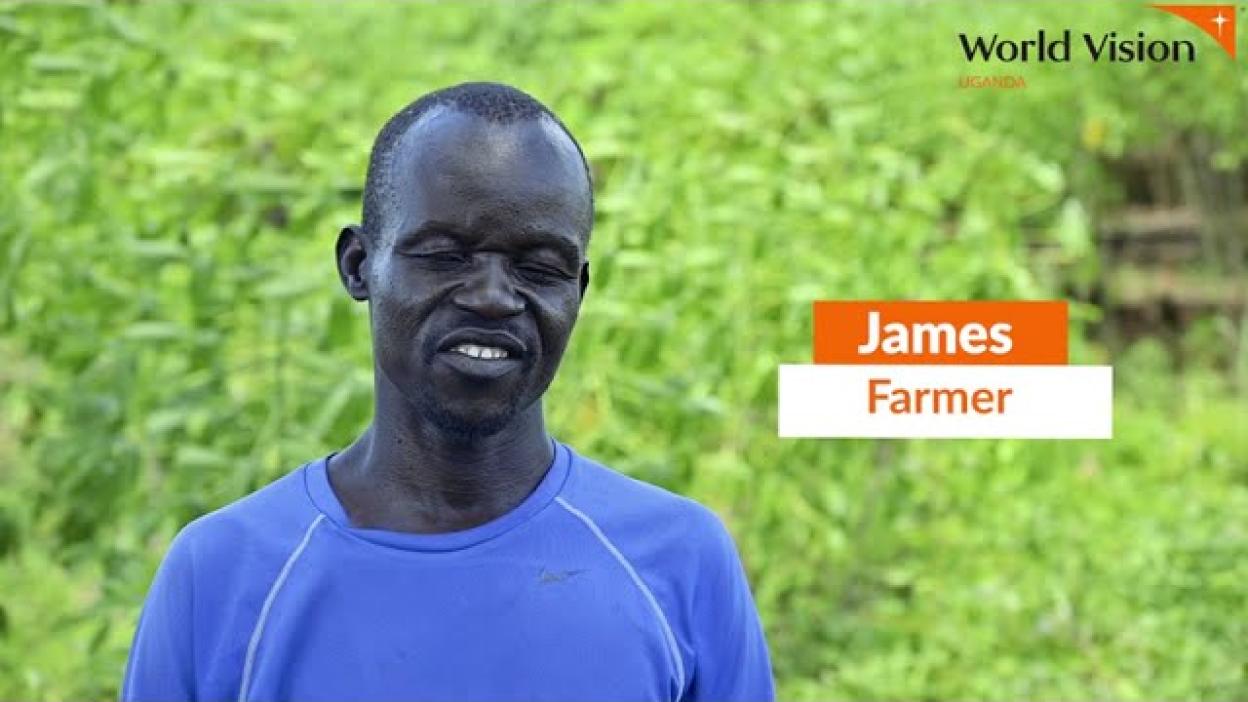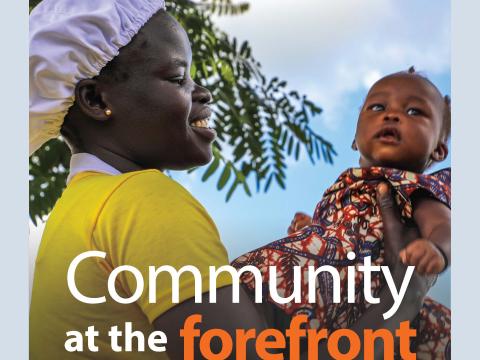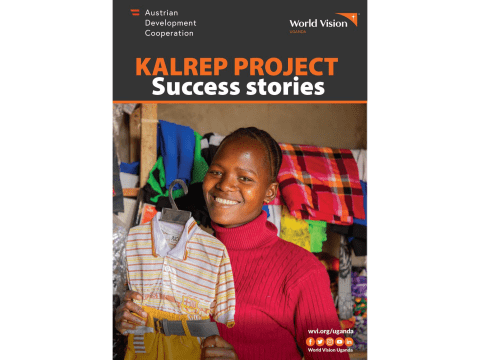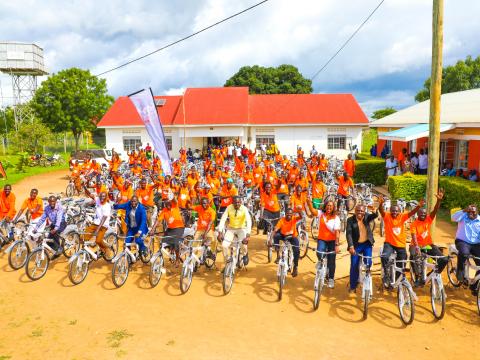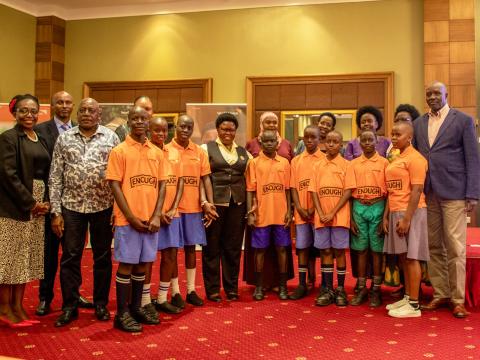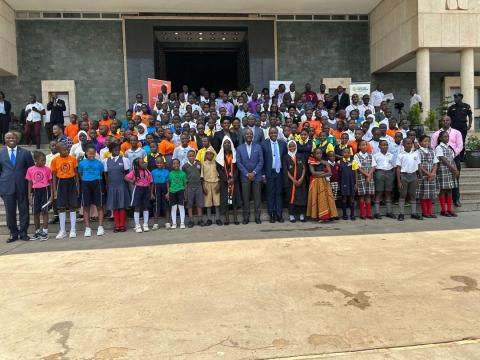
Uganda
World Vision Uganda
We believe every child matters. Our goal is to ensure all children live life in all its fullness. To achieve this, we work in remote and hard-to-reach areas to find solutions to health and nutrition, education, child protection, resilience and livelihood, water, and sanitation challenges.
World Vision has been operating in Uganda since 1986, responding to internal humanitarian crises of the 1982-1986 War, the LRA (Lord’s Resistance Army) insurgency in Northern Uganda, the HIV/AIDS epidemic and the Refugee Response.
World Vision is addressing the root cause of poverty in Uganda through advocacy, development, and relief. Over 3.6 million children have been impacted by the World Vision’s work in Uganda.
As of September 2023, we are operating in over 50 districts in Uganda, with 52 Area Programmes (APs).
Our Impact
5.2 Million
3.5+ Million
52
Our Areas of Focus
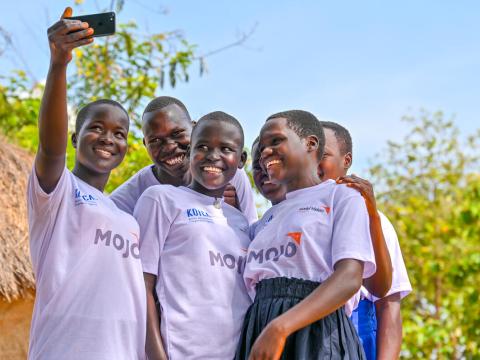
Child Protection and Participation
To contribute to increased number of children who have positive and peaceful relationships in their families and communities
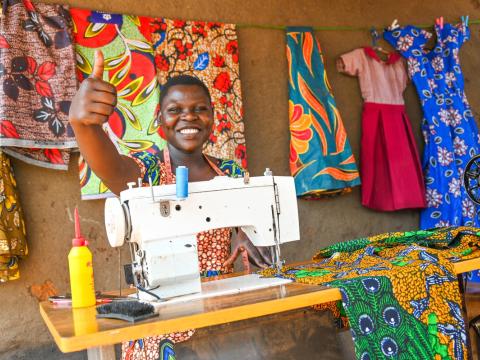
Livelihoods and Resilience
We focused on the most vulnerable children and their families enabling them gain sufficient, sustainable incomes, sufficient nutritious foods and build their resilience to shock and stress
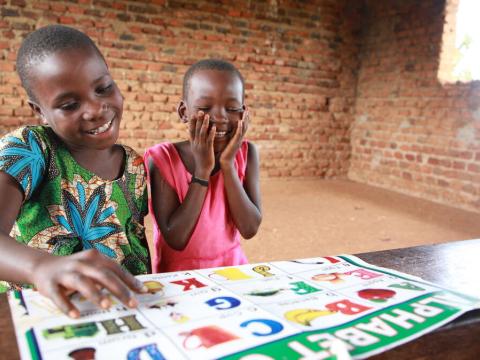
Education
The education programme continued to increase the number of children who can read and comprehend.
This was done through;
1. Effective, inclusive teaching and learning processes.
2. Increasing full child participation in school and community literacy centres. 3. Improving access to safe, conducive and inclusive learning environments.
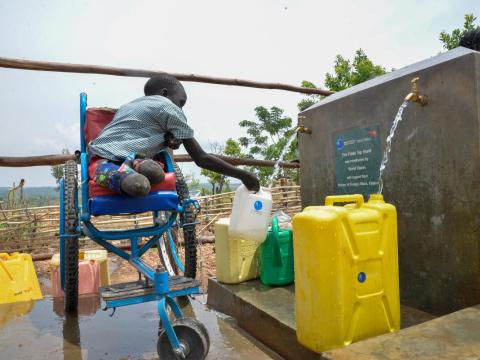
WASH
To increase access to sustainable and clean water supply, improved sanitation and adoption of appropriate hygiene behaviour change practices among children and their communities
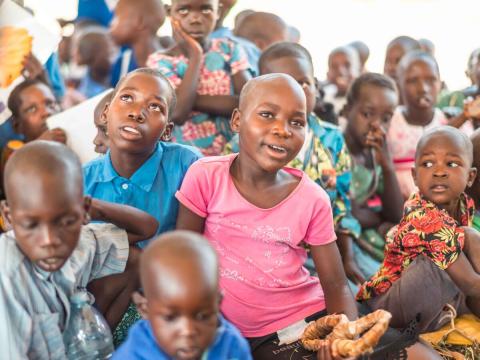
Health and Nutrition
The program continued its efforts to improve the overall well-being of children aged 0-5 years by focusing on their nutrition and protection from infections and diseases.
The technical program was delivered through the following outputs to achieve the 2 child well-being outcomes:
(1) Households and communities are supported to adopt appropriate reproductive health and nutrition practices,
(2) Health systems, coordination and social accountability structures are strengthened to enable the delivery of quality (Reproductive, Maternal, Newborn, Child & Adolescent Health) RMNCAH and nutrition services at the community, district and national levels.
